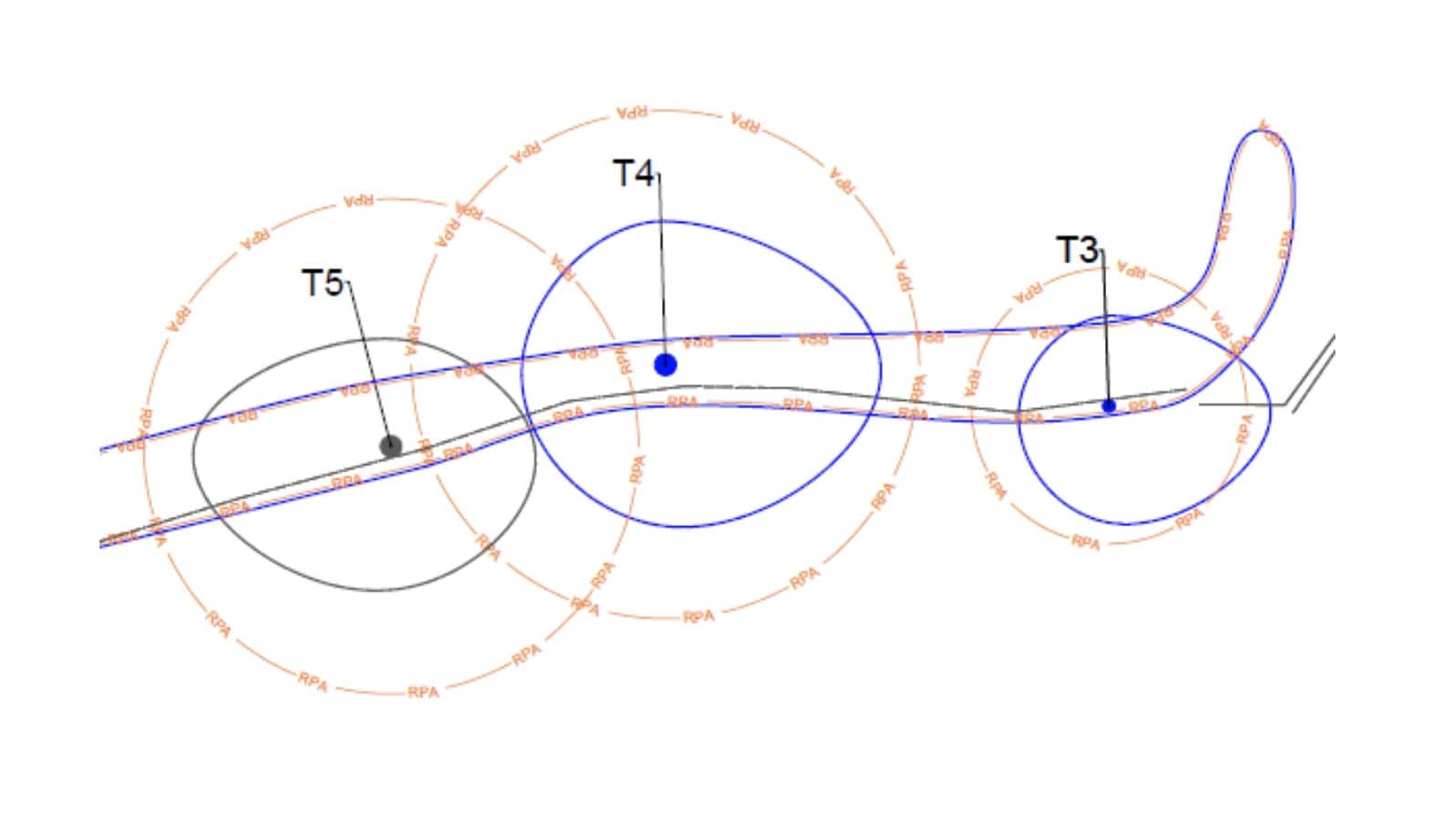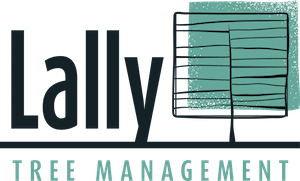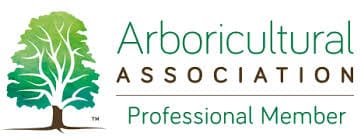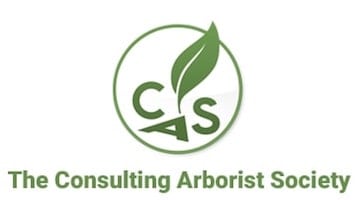BS5837 Tree Surveys, Arboricultural Impact Assessments and Arboricultural Method Statements in the Manchester Area
What is a BS5837 Tree Report?
BS5837 (or British Standard 5837:2012) is the essential guidance for the management and protection of trees during development projects, whether that be a small extension at a private residence or the construction of 1000+ new homes. This standard establishes a framework for the assessment of any potentially affected trees & relates this assessment to the construction activities ensuring that the trees and the environmental/amenity value that the trees provide are preserved while allowing for sustainable development.
Key Components of BS5837
Tree Surveys
Tree surveys must be conducted by qualified professionals and include the following elements:
- Tree Identification: Detailed records of species, age, height, crown dimensions and trunk diameter.
- Health Assessment: Evaluation of the physiological condition and structural integrity of each tree.
- Retention Value: Classification of trees into categories based on the BS5837:2012 framework.

Arboricultural Impact Assessments (AIA)
The impact assessment process involves:
- Identification of Constraints: This stage uses the data collected in the tree survey to create a tree schedule and a tree constrains plan. The plan accurately shows the trees positions, their root protection areas, stems and canopies on a plan (usually based on a topographical survey). This plan will help the design process by showing how the trees may constrain a development if the trees are to be retained.
- Evaluation of Impacts: The proposed designs are then overlaid onto the tree constraints plan to show how the design will impact he trees on the site. Assessing both direct impacts, such as root damage, canopy pruning requirements, and indirect impacts such a shading issues will be included in this phase.
- Mitigation Strategies: Developing strategies to minimise adverse effects, including re-routing of services and adjusting construction techniques or suggesting the relocation of some structures will be included. Outlining any trees to be removed and required mitigation planting will be a core part of this section.
Arboricultural Method Statements (AMS)
The Arboricultural Method Statement is created when the designs have been finalised. The idea behind AMS is to outline how the trees are going to be protected during the construction phase. This document will normally be the document of most interest to the local planning authority, as it will normally form part of the condition of any permission. The reason for this is that it will outline what trees are to be removed, what is to be retained and how the retained trees are to be protected. This document must be communicated to the site contractor so they know how to protect the trees during the construction. This document includes the following:
- Tree Removal Plans: Detailed diagram showing trees to be removed and retained. This plan will also show areas of the trees crowns to be pruned.
- Tree Protection Plans: Detailed diagrams illustrating protective barriers, various mitigation measures and restricted access zones around trees during construction.
- Monitoring Protocols: Procedures for ongoing assessment throughout the construction process, ensuring any unforeseen impacts are promptly addressed.
Compliance and Best Practices
Adhering to BS5837:2012 is not merely a regulatory requirement; it is a commitment to sustainable development that respects natural assets. It encourages collaboration among architects, developers, and arboriculturists to foster an integrated approach to land use planning. By prioritising tree conservation, developments can enhance biodiversity, improve air quality, and create visually appealing environments that benefit both current and future generations.
Matthew Lally has been working with trees since 2005, if you would like to call on his expertise for your development then please don’t hesitate to get in touch for a free quotation.
The Process For A Tree Survey In Manchester
Step 1 - Collection of Information
Once we have been provided with the necessary information related to the tree survey BS5837 you require – such as the site size and address, we can give you a free, fixed quote that carries no obligation. (No Visit to Site Required).
Step 2 - Free, Fixed Quote Provided
Happy with the quote? Simply accept it and we will find a day that’s perfect for you so that we can carry out the tree survey BS5837 without any issues.
Step 3 - Survey Carried Out & Tree Report Provided
Once the BS5837 tree survey has taken place at the agreed time, both the Arboricultural Impact Assessment & the report will be made available in a timely fashion.
Enjoy a High Quality BS5837 Tree Surveys With An Arboricultural Impact Assessment In Manchester With Friendly Service at a Great Price from Qualified Professionals
Recommendations for Lally Tree Management
Reach Us
If you would like to chat to us to discuss a tree survery BS5837, you can contact us:
32 Thirlmere Road Urmston, Manchester M41 8PP
Send Us a Direct Message - We Will Respond ASAP
Pricing Guide – Tree Survey In Manchester
While all tree surveys in Manchester need to be quoted for individually, the information below will give you an approximate idea of our charges.
BS5837 Tree Survey For Planning
Prices From- Onsite survey and tree categorisation in line with BS5837
- Arboricultural Impact Assessment
- Arboricultural Method statement
- The creation of a Tree Constraints Plan, a Tree Removal plan & a Tree Protection Plan
Types Of Tree Surveys
There are five types of tree survey that are sought after:
Tree Risk Assessment Report
If a tree is on the land that you own and has caused harm due to falling branches or similar, then you can be legally liable for the injury. It is a good idea to have someone complete a tree risk assessment report. By getting the advice of a professional to either have the tree removed or having the risk that the tree poses assessed then if an accident was to occur you can show that you have consulted a professional in regards to the matter and show that you have fulfilled your duty of care.
Tree Mortgage Report
A mortgage lender for a house purchase may ask for a tree mortgage report to be carried out before signing of a loan. This can be requested because they want to asses trees in the grounds of the property that may cause a risk to the structure of the property.
Tree Valuation Report
There are trees within the UK which are of high value. This can be due to the rarity of the species reaching maturity, it’s beauty or age.
BS5837 Tree Survey For Planning
If you work in construction and architecture a BS5837 tree survey is required. When a structure is to be built the nearby trees should not be adversely affected by the build. If the trees are adversely affected then a plan to demonstrate how these issues will resolved. Project planners, managers and architects will use an arboricultural consultant to show which strees can be removed and which trees should be retained.
Tree Protection Orders & Conservation Areas
Areas within the UK that fulfils a certain criteria can be protected by a Conservation Area which protects all trees with a trunk diamoater of more than 75mm when measured at 1.5m from ground level. You will need to give your local planning authority six weeks notice before doing work on any trees that are located in the conservation area but are not yet subject to a tree preservation order. The six weeks notice gives the authority time to consider if an tree protection order (TPO) should be made against certain trees.
If a Tree Preservation Order is made be a local planning authority in England to protect specific trees it prohibits cutting down, topping, lopping, uprooting, wilful damage or destruction of trees without the local planning authorities consent. If they do give consent, it can be subject to conditions.
FAQs
How Long Will The Tree Survey Take?
The length of time it takes to perform a tree survey depends on the size of the site and the type of tree survey that you require. We can do a tree survey on any number of trees.
What is a tree survey?
A tree survey is a report carried out by a qualified arboriculturist. The trees are assessed for their structure and condition and then is categorised in accordance to the BS837 (categories A, B, C or U). This provides information on the trees so that tree owners have a full understanding of what state the trees are in.
How long do I need to wait for my report?
5 working days from after the site visit.
What happens after I get in touch with you?
Get in touch with me and I will send you a quote based on your requirements. Once the quote has been accepted we can arrange a time for your tree survey to be carried out.
Questions we may ask
We may ask you things such as what you may be concerned about with existing trees or if you have any plans in place that we can look at for your future project.



